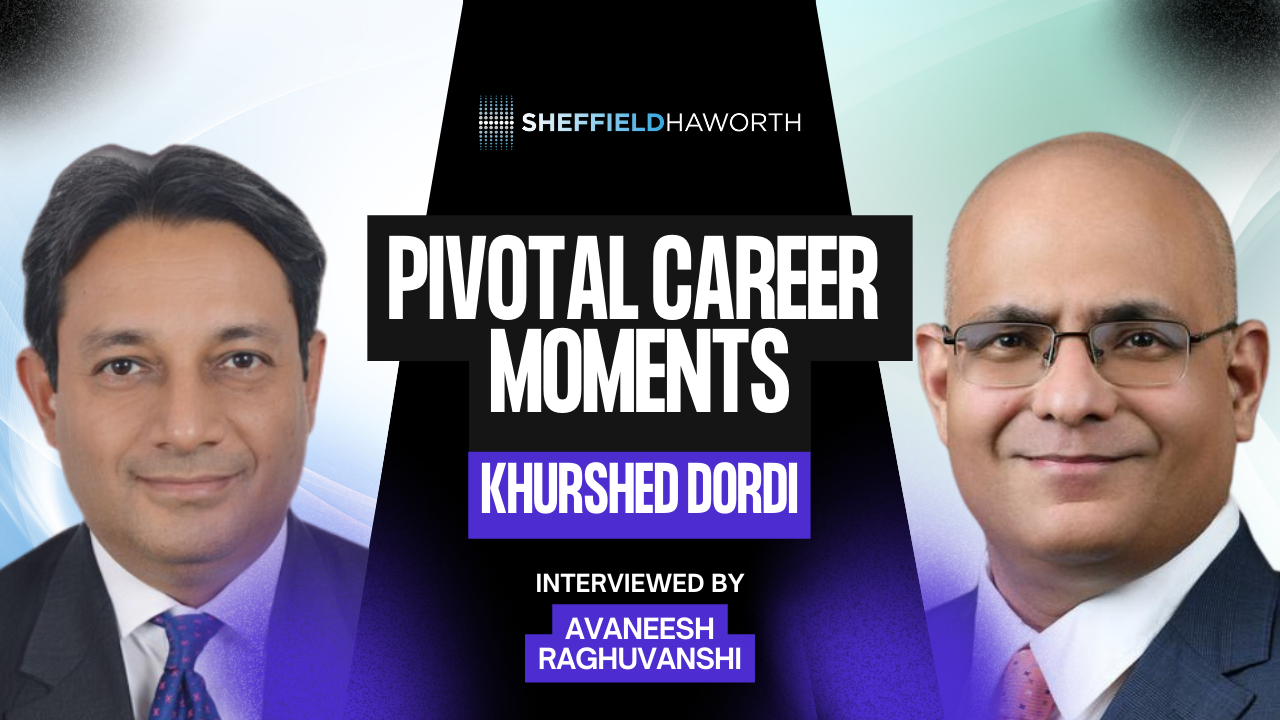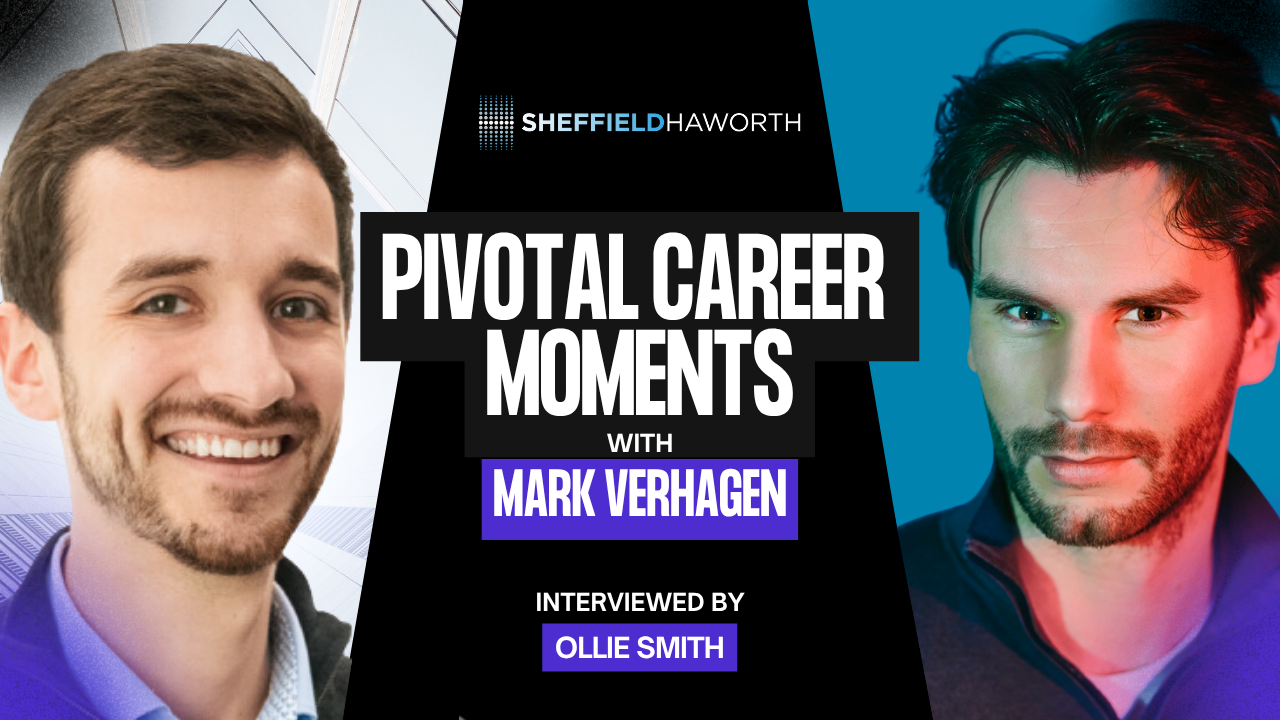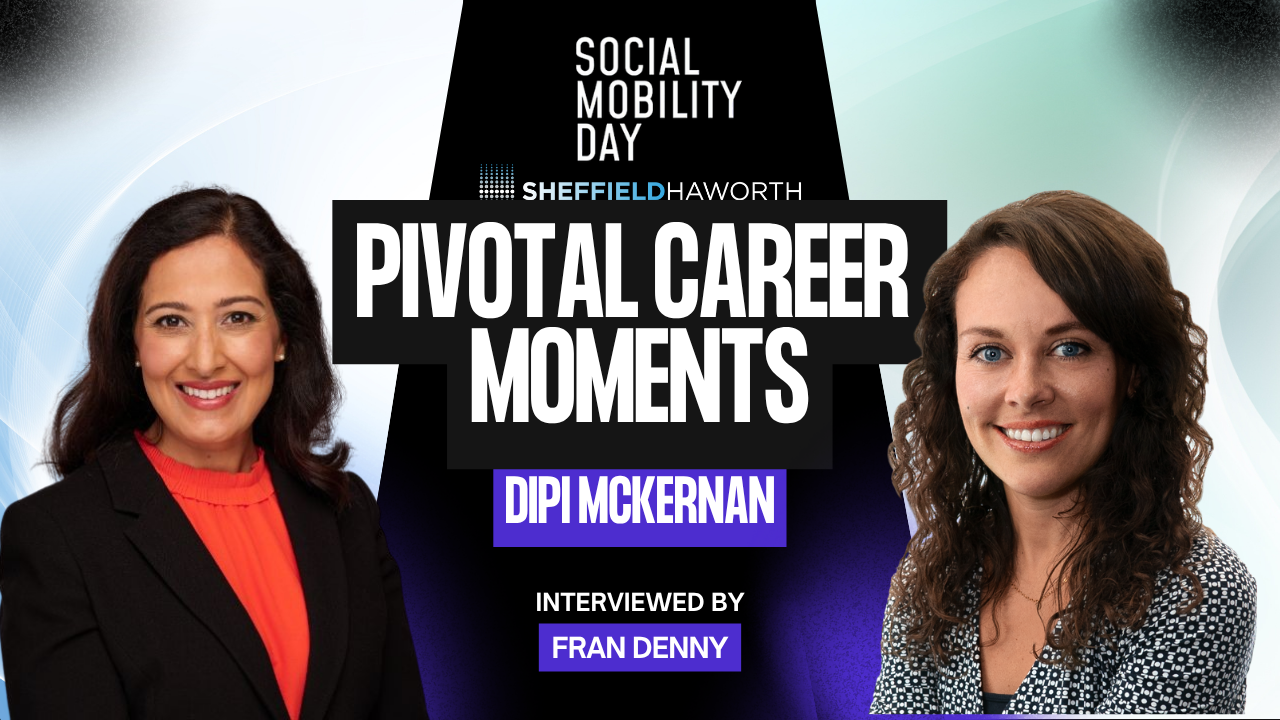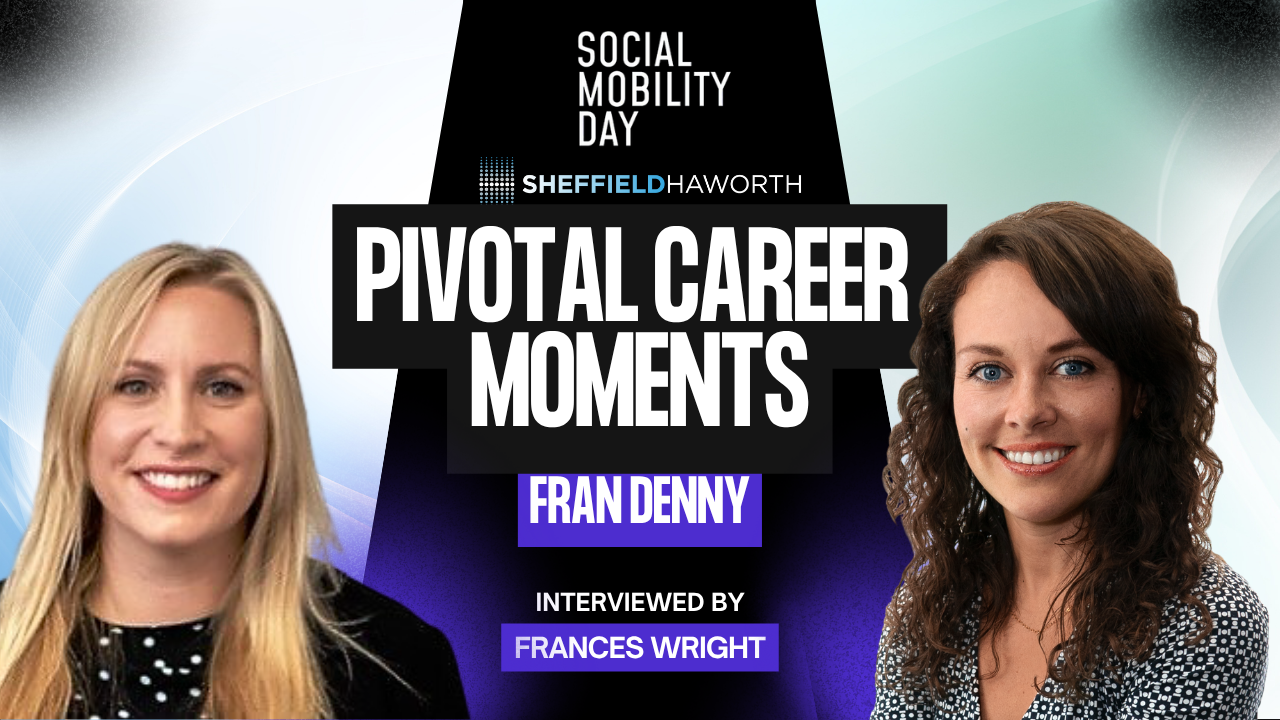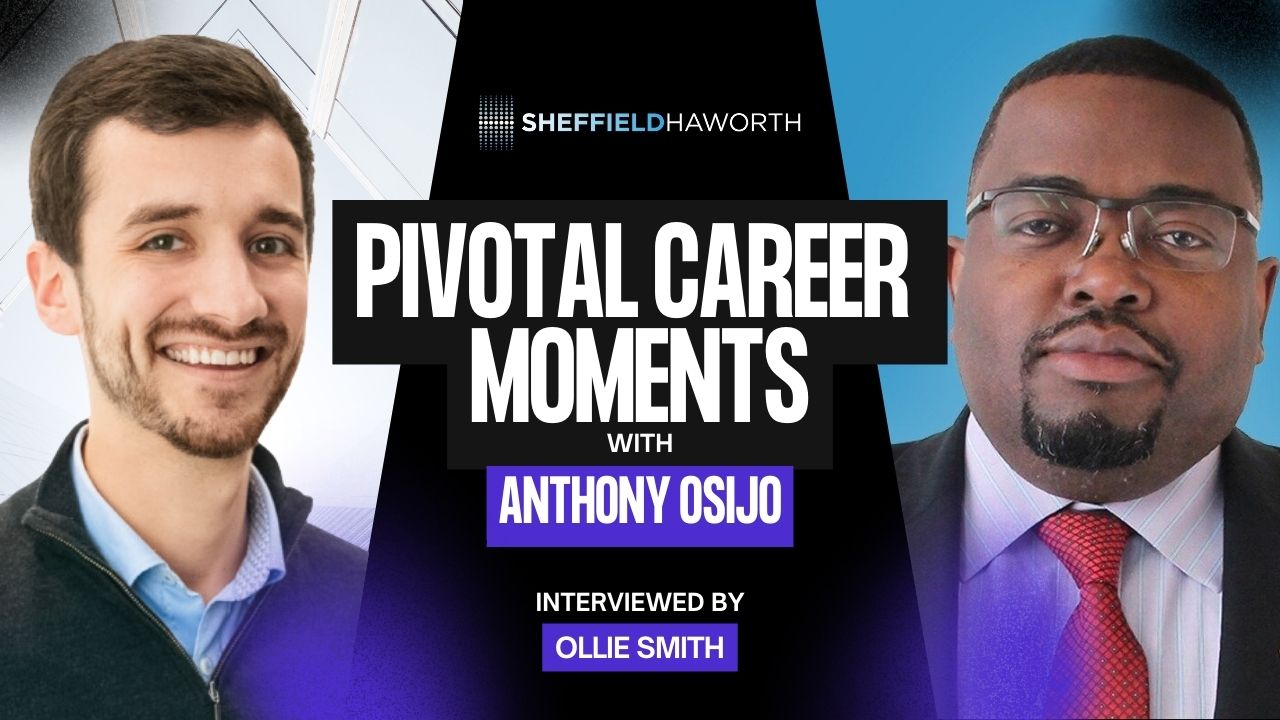Listen to the audio version of this article (generated by AI).
In the world of IT services, Kainos has a great reputation. With FY 2023 group revenues hitting £374.8m – a 24% increase year-on-year – and an impressive list of over 820 clients in the UK and globally, there are few in the industry that command greater respect.
At the same time, the company is now in the slightly odd position of being too big to be considered the SME it once was, while still not being on the same scale as many of its multinational competitors.
We met with Russell recently to discuss how the company has dealt with rapid growth and how it approaches winning contracts at its current size. We discussed the secrets to Kainos’ success, the key learnings of Russell’s two-decade-plus career in the industry, and how generative AI is likely to impact the digital services industry.
Plus, as we sat down to interview Russell, the company released the exciting news that he would be succeeding outgoing CEO Brendan Mooney in September, so we began by asking him about that.
Q: How do you feel about being named Kainos’ next CEO?
A: I’m delighted. It’s an exciting proposition, having joined the company 24 years ago as a trainee. We’re in a very different place now. When I joined, we had 160 people. Now we have around 3,000.
Q: As the incoming CEO, can you discuss any particular ambitions you have for the business?
A: We’re in high growth, particularly in our Commercial and Public Sector businesses. There won’t be big changes, but the one constant about Kainos over time is that it’s constantly changing. The Kainos 2025 strategy has been evolved over time and we’ve made good progress against that.
We already planned to do a full strategy refresh at the end of 2023. We’re not expecting anything drastic to change, but just starting to project further out towards 2030. So that will allow us to take stock of what else we want to achieve along the way.
Q: How did you get to this point of being considered as a possible future CEO at Kainos?
A: It started in 2019 when current CEO Brendan, myself, and a couple of others went to a leadership development course at Stanford Business School. That triggered us starting to think about succession planning and the future of the business. After that, I started attending Kainos board meetings and some investor meetings with Brendan.
“It’s important to do leadership transitions well if you want to continue to thrive into the future.”
From there, I was asked to lead our group strategy work which helped me to start thinking across all areas of the business. More recently I started addressing the innovation side of things with Brendan and Tom, our Director of Innovation. So it was quite a considered progression to enable me to grow into this position.
It’s important to do leadership transitions well if you want to continue to thrive into the future, and I think we really have done that. Not just in terms of my progression, but also all the talented colleagues around me who have also had the opportunity to develop and take on more responsibility.
Q: You’ve been at the forefront of building the digital services business at Kainos, which has grown from around 40 people to over 1,600. What are the two or three key learnings for you from scaling a services business?
A: When the business unit started off in 2013, we had around 35 people in digital services. Now we have 1,600 people who’ve experienced a period of high growth. As of March 2023, our turnover accounted for about 60% of the total revenue of the business.
The first big lesson is that growth isn’t linear. You can plot out how much you want to grow year-on-year but sometimes you grow more quickly and sometimes it eases off. When you grow more quickly, you can start to develop short cuts or bad habits out of necessity. And I think you need to look after the fundamentals of running a services business around your utilisation, overheads, staff development and recruitment processes, and make sure you’re delivering to a high quality.
Another point is when you hit particular limits, processes that have been working perfectly well start to break. For example, at the start of one financial year we were recruiting two people per week on average. There were maybe eight to 10 people per month coming into the business who could be put through a short induction programme and absorbed into the business.
“We frequently step back and review our processes to check if they’ve still working.”
By November of that year, we’d ramped up and were recruiting eight to 10 people per week. We kept the recruitment bar high. But when you move from taking 10 people per month into the business to closer to 50 things start to change. You want people to land and be successful in their career, so we had to refine our onboarding programmes accordingly.
That’s why we frequently step back and review our processes to check if they’re still working. This is an example around onboarding, but it could apply equally to team formation, allocating staff to projects, ensuring quality delivery.
When you scale, you don’t have the same small group of trusted people around you – you have lots of new people with different experience. That’s what you hired them for, but you just have to be careful that you can still deliver to the same high standard as before.
Q: Kainos has a great reputation. What do you think underpins your success? How important are your culture and D&I efforts in creating that success and that reputation?
A: Over the 24 years I’ve been at Kainos, the culture has evolved of course but there’s still that deep-seated culture of people being open and transparent and collaborating well together. Certainly, when we interview for experienced people, the cultural side is as important for us as their technical skills.
We have three underlying principles that we run the business by. First, we want to be a great employer. We want our staff at all levels to thrive within the organisation, because engaged staff produce great work.
Second, we want to delight our customers by delivering projects at the level they expect or higher. So we do what we say we’re going to do for our customers. Third, we want to be a growing, profitable, and sustainable company.
We want to be sustainable both in terms of the way we approach the industry generally, and also in terms of environmental issues and Net Zero.
When it comes to diversity and inclusion (D&I), the key for us is making sure that it’s always part of the dialogue and not a separate stream. We have several different employee network groups, and the question for us is how they help us bake D&I considerations into the business. I happen to be the executive sponsor of our Women’s Network, for example, and executive sponsorship is one way of doing this. It shows we’re taking it seriously and offering our support to the groups.
Whatever we do on this, we ask how it helps to make D&I part of the dialogue, and how it makes a difference. For example, when we work with Sheffield Haworth on recruitment, we always ask for a diverse range of candidates for executive roles. When we do our performance reviews, we make sure that we’re treating all groups of people fairly and equitably.
So there’s that dialogue, there’s an awareness, and there’s also a measurement piece around engagement. We’ve recently introduced a new kind of survey software specifically to measure staff engagement in the business anonymously and we can compare answers by gender, for example. That allows you to look at feedback from a D&I perspective to see if we need to recalibrate or take any specific action within the business.
You can see the results over time. About five years ago we had just over 25% females in the business, whereas today that’s sitting at around 32%, which compares well with industry averages of around 20%.
Q: Given how much Kainos has grown – you previously used the analogy of being at the top of the championship pushing into the premiership – how has that changed the kind of contracts you are now targeting?
A: In the early days we could take advantage of the drive within government to work with SMEs because we fitted into that mould. But if you look at Kainos now we’ve got about 3000 people, with 1600 in digital services alone. We might have project teams of up to 300 on a larger engagement, so we’re not a small player, though we’re not one of the global system integrators either.
We’re at a size where we can undertake large programmes of work and deliver real transformation. We can also work with a variety of smaller and larger partners as part of our ecosystem – including some of the other system integrators we compete with.
Sometimes tenders will mandate or request that we work that way. Other times we do it just to ensure we have the right mix of skills for the project.
Q: Generative AI is making waves right now. How is it impacting you at Kainos and the digital services sector more broadly?
A: There’s some hype around generative AI, but we can see it will be genuinely disruptive to our industry. We’re already working with some customers on pilots around this and we’re trying to encourage our own staff to undertake safe experiments with it.
But this isn’t something that’s suddenly appeared for us. We’ve been building our skills base for years, since 2016 when our innovation team started researching it. Today, we have a dedicated practice with over 120 data and AI professionals. Last year that part of business generated over £23m in revenue.
Our clients for that practice include HelloFresh, where we’ve helped to rationalise their data and infrastructure around meal choices for customers. Or the National Crime Agency, where we’ve helped them reduce child sex abuse referral times down from 45 minutes to just two.
More broadly, we’re looking at how generative AI will impact our own development practices and our own operations. Here we’ve been co-developing a pilot with part of Microsoft that will drive efficiencies in what we do.
Q: Given how new generative AI is, how do you stay on the development curve?
A: Generative AI itself makes a lot of things easier. For example, it enables you to use natural language to do things with computers or software, so you don’t need to know the intricacies of a programming language. You can ask for it in natural language and it generates code for you.
In some ways that changes the skill base. That doesn’t mean that generative AI right now is able to create a whole service or system for you, but it can create building blocks. So, the skill becomes how you piece blocks together to form the code and the functions. Just because it generates it for you doesn’t mean that it’s necessarily secure, or performant, so there still needs to be a human in the loop to look at this. But it gives you more efficiency.
“Generative AI will make a lot of things more efficient, and the skills mix needed will probably change, but a lot of what we do will persist.”
Then there’s a lot of other skills around that which will either be unaffected or more in demand. If you want to query data using natural language, data engineering becomes more important, as does having your data structured in a way that can be queried.
The other piece is that customers still might not know what they’re asking or looking for. So you still need to be able to work with real people to figure out if you’re buying the right thing. Then you have the whole design piece to make sure there’s an efficient way to go through that.
Generative AI will make a lot of things more efficient, and the skills mix needed will probably change, but a lot of what we do will persist.

